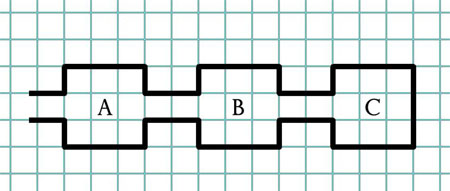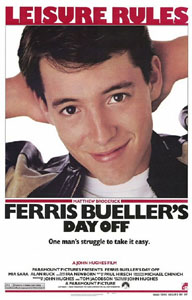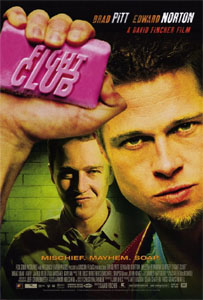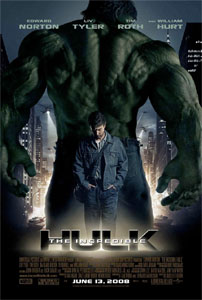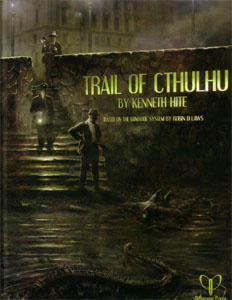 A fellow named Caleb asked me in an e-mail recently why I’m not a fan of the way GUMSHOE handles clues. In writing a reply to him, I think I’ve found a better way of expressing my personal distaste for GUMSHOE’s approach than I have in the past.
A fellow named Caleb asked me in an e-mail recently why I’m not a fan of the way GUMSHOE handles clues. In writing a reply to him, I think I’ve found a better way of expressing my personal distaste for GUMSHOE’s approach than I have in the past.
Start by considering a scenario with locations A, B, and C.
First, let’s assume that each of these locations contains a clue which points to the next location. GUMSHOE says, “Oh no! What if they don’t find a clue? Then the adventure can’t continue!” And in order to solve this problem, GUMSHOE says, “It’s OK. We’ll just remove the resolution mechanic and we’ll simply assume that the PCs succeed.”
Investigative scenarios have been done wrong since the early days of roleplaying games. As a consequence, they’re hard to run and prone to grind to a halt. (…) You have to search for the clue that takes you to the next scene. If you roll well, you get the clue. If not, you don’t — and the story grinds to a halt. (…) GUMSHOE, therefore, makes the finding of clues all but automatic, as long as you get to the right place in the story and have the right ability. (Esoterrorists, pg. 26-27)
In other words, we’ll remove the chokepoint of failure by simply removing the possibility of failure.
So what’s the problem?
Well, now let’s assume that each of these locations contains a monster which you have to fight before you move to the next location.
Presented with this problem, we would expect GUMSHOE to say something like, “Oh no! What if they don’t defeat the monster? Then the adventure can’t continue!”
And in order to solve this problem, GUMSHOE would then say, “Well, that’s OK. We’ll just remove the combat system and we’ll simply assume that the PCs always defeat their foes.”
To be fair, GUMSHOE is right: If you make it so that the PCs automatically win, then they will never lose. It’s tautological and everything. And is there anything wrong with that?
Not necessarily: If the game wasn’t actually about fighting people, there might be little harm in skipping past the fights. But if the game was about combat, then you might have a problem.
And, in my opinion, the actual act of investigation is, in fact, a relatively major component of what a mystery story is about. GUMSHOE says it isn’t because you never see a fictional detective miss a clue. (But if they did miss a clue completely and entirely, how would the reader or viewer ever know? And, in point of fact, there are many mystery stories in which the detective does miss a clue and later goes back to find it or realizes that they missed it only after the crime has already been solved.)
In addition to this, as I’ve discussed in the past, GUMSHOE’s “solution” doesn’t actually solve the problem it claims to be solving: Failing to find a clue is only ONE of the ways in which the clue can fail. Since the problem hasn’t actually been solved, you still need to implement the ACTUAL solution to the problem (which is to not design your adventure around chokepoints in the first place). And once you’ve implemented the actual solution, you’ll discover that characters failing to find any particular clue is no longer any sort of problem… which means that the GUMSHOE “solution” isn’t required at all.

